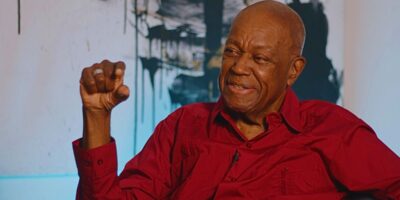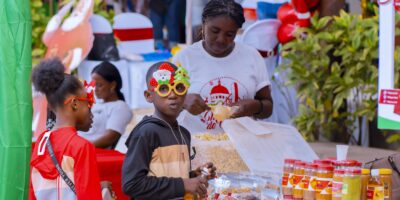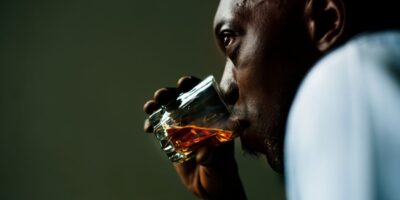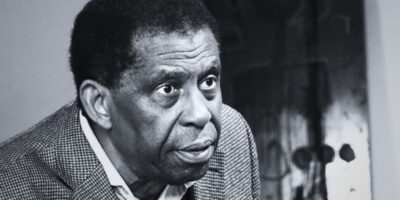Thirty years ago, that bay was an absolute paradise. The water was clean and people were able to see through its beautiful colors. They were able to admire the ocean floor, its flora and fauna, especially the colorful coral reefs. Nowadays, one can only find a polluted coast, and it has a lot to do with the population from Pé
Moreover, I have always found it interesting that numerous roads in Haiti are always dirty and poorly maintained. That is why I decided to go interview one of the residents of a populated area in
“‘Men map mouri m’ pa we Bwad Chenn netwaye vre*’. That was my dad’s last words before he passed away. I was 16 years old at the time. My family and I are still living on the border of
“I have never seen the ground of this waterway in my life”
What happens next is that these tractors are stranded there for a while due to mechanical difficulties until the rental company or the government come to tow them.
Based on what Delmy explained to me, during the storm season, it is almost impossible to make it from one side to the other one of
As the storm season is occurrs from June to November, a similar situation is most likely to happen again, even though the government has recently invested in aerial seeding in several areas of Haiti to increase our vegetation, which is less than 1% now. “Thanks to this project, 133 million seeds of cedar and benzolive (moringa olifeira) will be dispersed on Matheux Chain and the watershed of Lake Péligre. According to forecasts, 20% of these seeds, about 27 million trees will grow.”
In addition, through a $15 million project, the current government wants to stop the importation and the use of polystyrene plates. They are slowly implementing the biodegradable plates on the market and the completion of this project was expected to start in November 2014.
Although these efforts are being made, I believe that it will take more than a decade before we can see successful results of the awareness about the environment, and, of course, to finally live in a reforested country.
“There, every day, luxury cars’ occupants go to the capital to fulfill their daily jobs. They are always in a hurry, pretending not to notice the urgency of the situation. Oftentimes, those cars belong to the government and carry our decision makers,” continued the young man, referring to National Road 2 which connects
Having spent their entire life by
Let’s hope that one day Delmy, his family, and Haitians in general will be able to say that they have worked together towards a sustainable plan for their living environment because it can never be just the government’s responsibility…
Olivier Sénat
* It literally means that his dad thought that he was never going to be able to see his city with nice and clean streets and the waterway clean
Delmy is a fictional name to protect the identity of the interviewee.







Comments